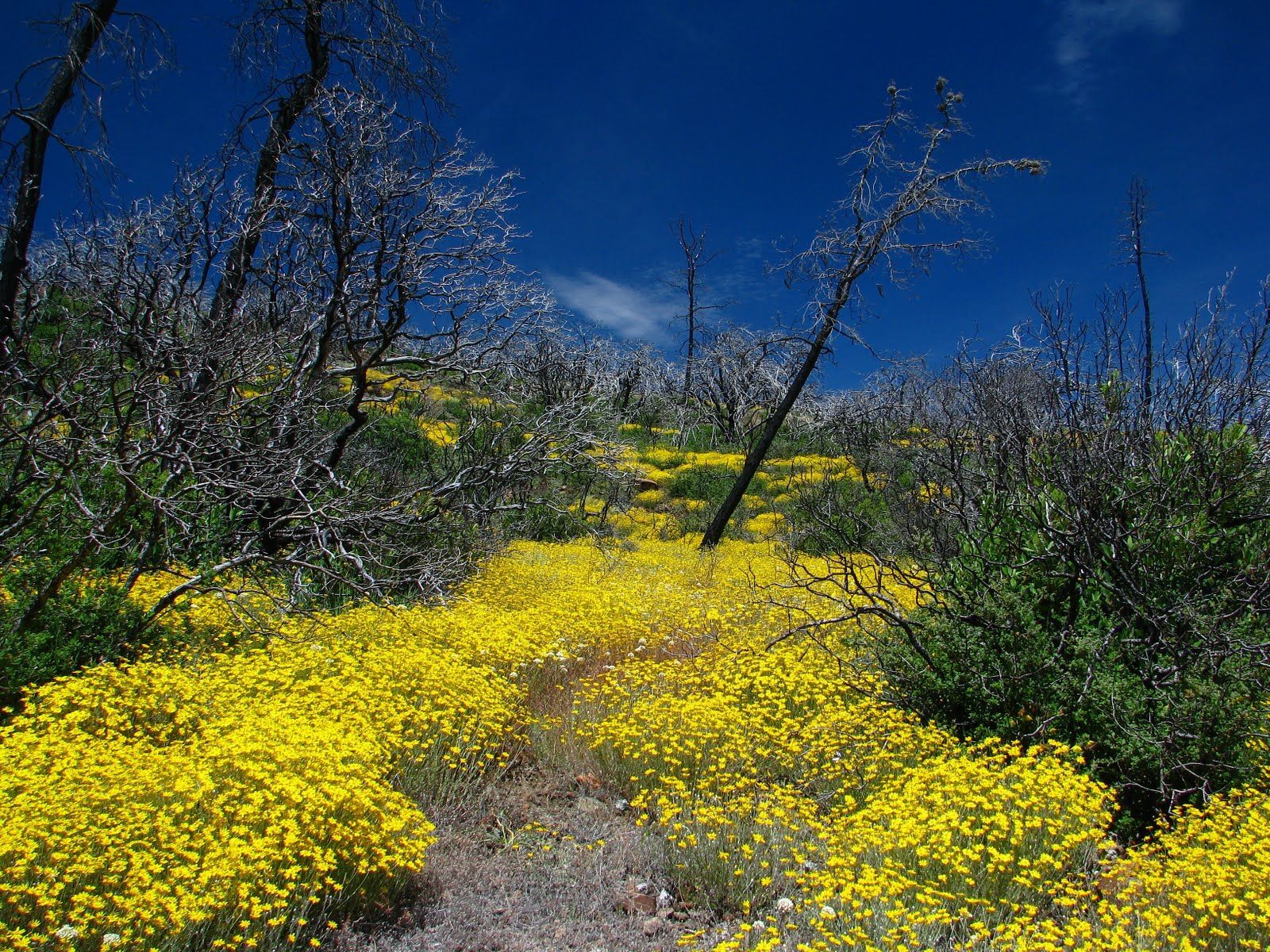Victory - Molok Luyuk Protected!
Do you remember the first time that you visited Molok Luyuk? The first time you saw a meadow of wildflowers, bright yellow reaching out to the sapphire blue sky?

The first time that you realized that you could tell where the tectonic plates meet; where sandstone and serpentinite collide? And, that you knew some of the different plants that bloom on both? The first time you saw metalliferous chert bursting into the sky, caught bubbling on the ocean’s floor, frozen then lifted up over millennia for us to see? The first time you saw an adobe lily? The joy of California poppies? The first time you stood at Molok Luyuk’s summit and saw hundreds of miles in each direction — from the mountains of the coastal range rolling west to the Pacific to Snow Mountain and Shasta in the North, over the Sutter Buttes to the Sierra Nevada Mountain’s in the east, snow glistening on the peaks, and across Bear Valley, the yellow and purple of the wildflowers shimmering in the sun? The first time you heard the Patwin people speak of the importance of the place, of gathering and traveling and tending to the place?
I do. I remember each discovery and the people who shared them with me. Nate and Nick and Glen sharing the wildflowers and oak groves and all their nuances. Bob explaining the unique geology, the millennia of history, that you walk across as you traverse Molok Luyuk. Gayle and Laverne sharing their stories of the Patwin people and their history with the land. Bob and Andrew planning the Condor Trail, which one day will link from the Bay Area to the Klamath. Don and Del sharing the joy of bouncing along the trails on their bikes and ATVs. Ryan’s love of all of its nooks and crannies, especially Wintun Campground, a gem that needs a little TLC. Maureen’s excitement at organizing her members. Jora’s and Elyane’s passion for the land. I remember anointing Bob’s Rock, a beautiful example of serpentinite, California’s state rock, that stands proudly surrounded by wildflowers and, on at least one occasion, a rattlesnake.
Molok Luyuk is a remarkable place. It is an amazing ecological and cultural treasure. After years of fighting to protect it, on May 2, 2024, President Biden signed a Presidential Proclamation adding Molok Luyuk to Berryessa Snow Mountain National Monument, officially renaming the area Molok Luyuk and calling for co-stewardship with Tribes.
Establishing a National Monument is first and foremost a community process. It is the best of democracy; people in a community or communities coming together with their neighbors and elected representatives to effect positive change.
The effort to protect Molok Luyuk’s public lands began with a coalition of folks including Tuleyome, the Yocha Dehe Wintun Nation, conservation and recreation groups, scientists, landowners and our champions in Congress, all the people above, numerous folks I haven’t even mentioned, and you, who recognized Molok Luyuk’s significant cultural, geological and natural resource values. Together we built a broad coalition of more than 160,000 people, 8 tribes, dozens of businesses and organizations, community leaders and decision makers from the local communities all the way to the President of the United States.
And the support kept growing. Just a week and a half earlier, on April 22nd, the California Senate voted 35-0 in support of Senate Joint Resolution 10, introduced by California State Senator Bill Dodd, California State Senate President Pro Tempore Mike McGuire and California State Assembly Majority Leader Cecilia Aguiar-Curry, urging the White House to include Molok Luyuk in the Monument.
I was honored to represent Tuleyome at the Oval Office ceremony with President Biden and Vice President Harris and our other champions. All of our Congressional leaders were present: Senators Padilla and Butler, Representatives Garamendi, Thompson and Schiff. Bureau of Land Management Director Tracey Stone Manning, Council on Environmental Quality Director Brenda Mallory and US Department of Agriculture Secretary Vilsack attended, as did California Natural Resources Secretary Wade Crowfoot. Our coalition was strongly represented by Yocha Dehe Wintun Nation Tribal Secretary Mia Durham, CalWild Policy Director Ryan Henson, California Native Plant Society Executive Director Jun Bando, and me on behalf of Tuleyome.

The reason it was such an honor to be there is because it is an honor working with all of our partners and champions and all of you to protect Molok Luyuk.
Now that we’ve completed phase I, “What ‘s next?” you may ask. Next, we need to complete a Monument Management Plan that protects and stewards all of the things that we value about Molok Luyuk. Then we need to implement that plan on the ground. And, as always, Tuleyome will be there each step of the way.
"We Dream... We Act... Together, We Get Things Done"
-Sandra Schubert; sschubert@tuleyome.org
Executive Director
RECENT ARTICLES






